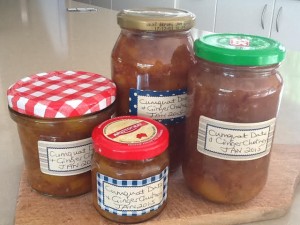 Making Tomato Chutney was on the agenda this weekend. We were onto the last jar and running out is considered grounds for divorce in our house. A trip to the fruit and vegetable market in the last hour before closing provided some lovely ripe tomatoes at a bargain price. Matthew always helps with the chopping, so it didn’t take long to get all the ingredients in the pan.
Making Tomato Chutney was on the agenda this weekend. We were onto the last jar and running out is considered grounds for divorce in our house. A trip to the fruit and vegetable market in the last hour before closing provided some lovely ripe tomatoes at a bargain price. Matthew always helps with the chopping, so it didn’t take long to get all the ingredients in the pan.
We have a cumquat bush in the garden which is well over 2 metres high. I picked several kilos of fruit a few months back and made them into marmalade as I do every year. The few ripe cumquats that I had missed were starting to fall to the ground as the new season fruit appeared. So while I was in the preserving mood I decided to pick them and see if there were enough to make something. With just one kilo and a few ingredients from the pantry I came up with this tangy spicy chutney which tastes quite different to the tomato one.
The dates add consistency and a delicious caramel flavour. Serve with ham, cold pork, duck or chicken.
1 kg ripe cumquats
1 cup fresh orange juice
2 Tbs lemon juice
2-3 Tbs grated fresh ginger
2 cups sugar
2 medium to large onions, peeled and finely chopped
1 cup chopped dates
1 tsp salt
Spices:
12 cardamom pods
1 cinnamon stick, broken in two
3 star anise
1-2 dried birds-eye chillies, broken in two
Cut cumquats into halves or quarters, depending on size and remove seeds. Place in a large heavy-bottomed pan or preserving pan with remaining ingredients. Place spices in a piece of muslin and tie firmly into a small bundle with string, then add to the pot. An old cotton handkerchief or a piece of any thin cotton fabric will do.
Bring to the boil then simmer for about an hour, stirring often, until thick. Remove spice bag, cool it a bit, then remove any bits of chutney stuck to it and return them to the pot. Discard spices, wash out the cloth and keep for next time.
Place 4-5 empty jam jars without their lids in the microwave and zap on High for 2 mins. Fill with the hot chutney using a jug and seal firmly with the lids. Label then store in a dark cupboard where it will keep for several months. Refrigerate after opening.
Makes 4-5 jars


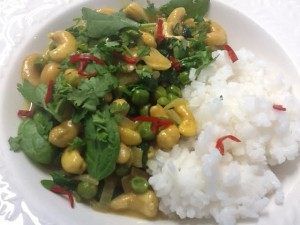 1 Tbs vegetable oil
1 Tbs vegetable oil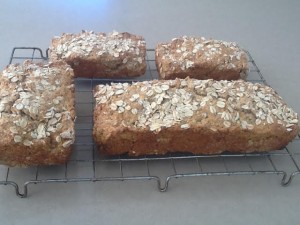 ½ cup raw buckwheat (from Health Food shops)
½ cup raw buckwheat (from Health Food shops)
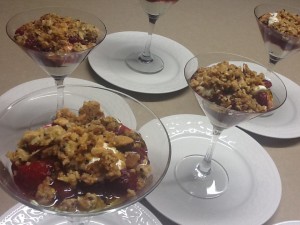 Cream Cheese Mixture:
Cream Cheese Mixture:
 The flickering citronella torches lining the paths and surrounding the protected sunken garden showed people the way. Bottles of wine and glasses were lined up, so guests could help themselves.
The flickering citronella torches lining the paths and surrounding the protected sunken garden showed people the way. Bottles of wine and glasses were lined up, so guests could help themselves.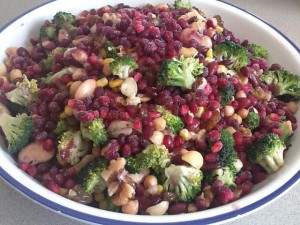 6 cups broccoli florets (small ones no bigger than 2cm)
6 cups broccoli florets (small ones no bigger than 2cm)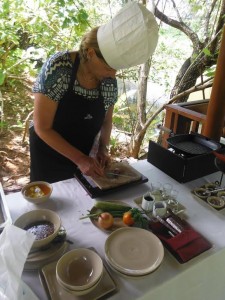
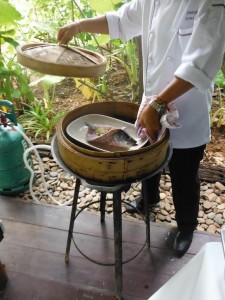

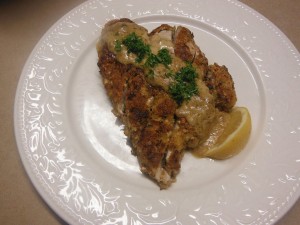 4 chicken breasts
4 chicken breasts Coffee ice cream:
Coffee ice cream: